The course and the assignment
The English expression 'common-or-garden' means absolutely normal. In our studio, we worked on the industrial city of Sarpsborg, featuring, for Norwegian standards, a high percentage of migrants. Through fieldwork, we found out that Sarpsborg integrated its diverse population successfully. What has been integrated less, is the landscape of the city, like the waterfall Sarpsfossen, which serves as the machine room of Sarpsborg—delivering hydropower that made the city a hub of industry, and a growing urban agglomeration. Sarpsborg may not have the greatest reputation, but it offers a lot of development potential for the future—in our view.
Tutor: Jörg Rekittke
Co tutor: Maria Gabriella Trovato
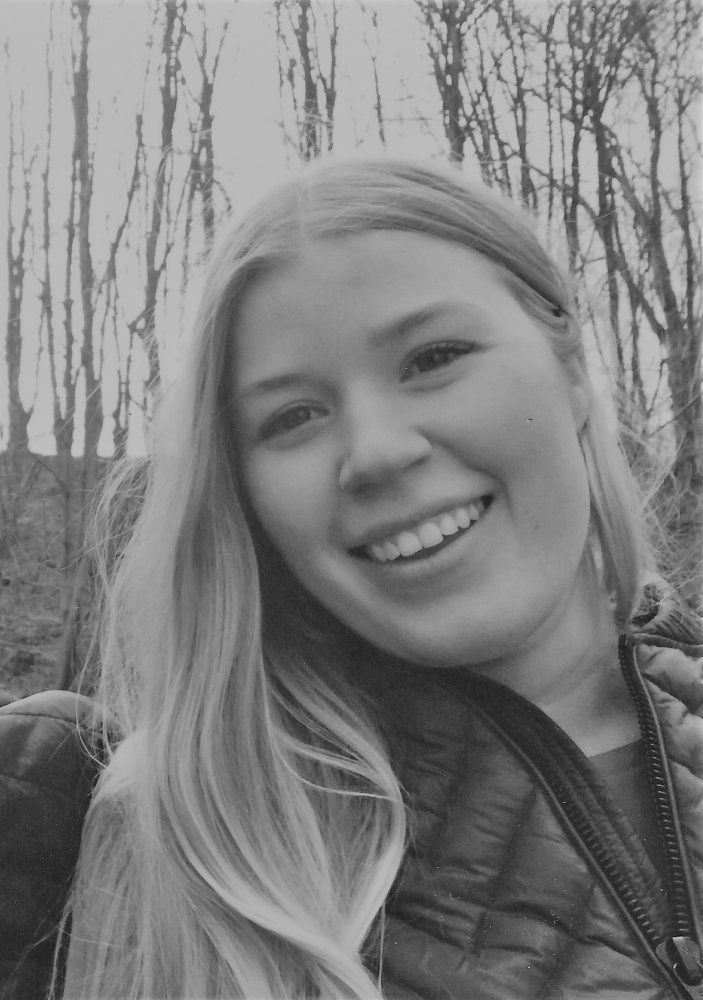
Andrea Ilebekk Gilje
The student proposes a design that reclaims Glomma and facilitates for activity and pleasure along the waters of Sarpsborg City for their GLA305 studio course project.
For the studio-course “Analysis and design of contested landscapes” at NMBU, the students explored Sarpsborg as a common-or-garden city. The aim throughout the course was for the students to develop strategies and designs to improve the state of the city and alleviate the identified problems. The design and strategy of this student’s project proposes more outdoor activity and leisurely offers to Sarpsborg’s residents, to the benefit of public health, and possibly, on a larger scale, beneficial for integration.
Arash Parsian Nezhad
There are cities around the globe that are known to (almost) everyone, but that is not the case for other very normal cities like Sarpsborg.
Sarpsborg was introduced to us by our teachers. The task was simple yet very complicated; how can you as a landscape architect improve the future of Sarpsborg’s public space?
I split my work into three sections: observation & study, analyze & problem formulation, design & proposal. During the field work the upcoming railroad project, Glomma River, and the industry around it caught my attention. I realized its high potential and formulated my design around it.
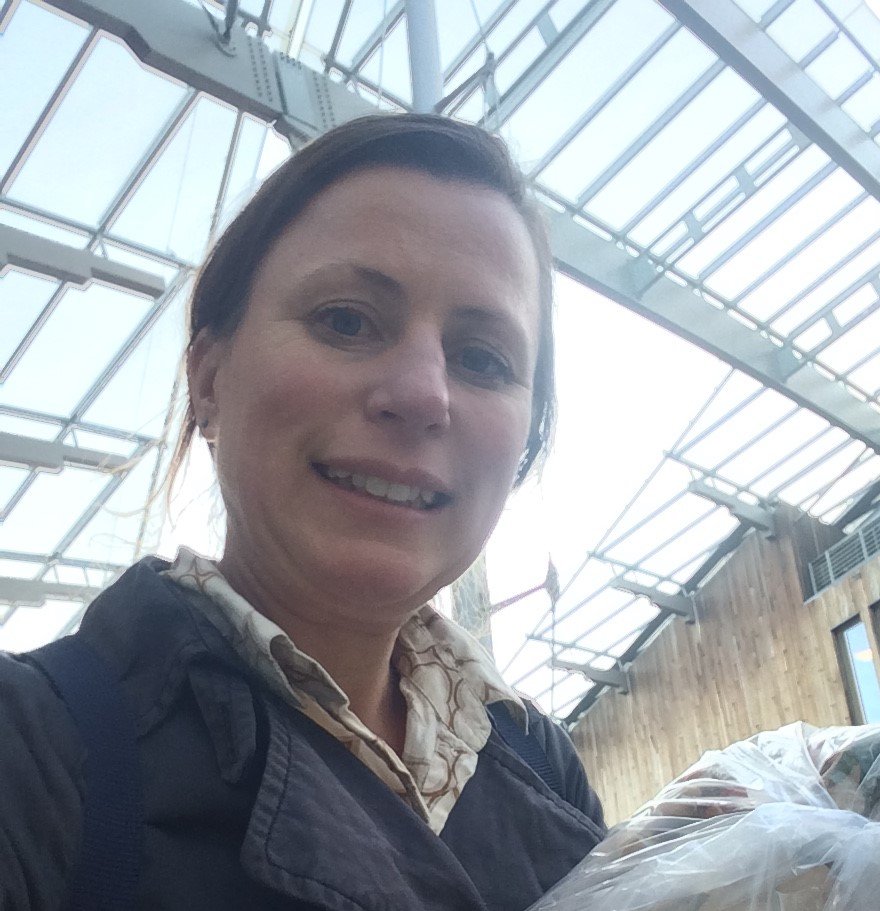
Elin Karoline Harstad
The project investigates the Glomma river in Sarpsborg as a habitat for the anadromous Wild Atlantic Salmon Salmo Salar.
By proposing three strategies the aim of the design was to tackle the three main threats to the Salmon population. The nature-like fish by-pass allows for longitudal two-way migration in the river, the habitat walk way promotes a better spawning habitat and the on-land fish farm alleviates the threat that aquatic fish farms pose on wild fish populations.
Elise Steen Moen
My design proposal is an extension of Glommastien. A walking route, aimed to highlight Glomma as a precondition for the Nedre Glomma's rich industrial history.
Visiting Sarpsborg for the first time on Fieldwork, I was impressed by the inviting city center. The industrial history of Sarpsborg intrigued me to follow the river to get as close to the industry as possible. The walk is characterized by many layers of history, beautiful cultural landscape and forests. At the same time, it was clear that Sarpsborg is not planned to showcase its industry. An industry which the city should be proud of.
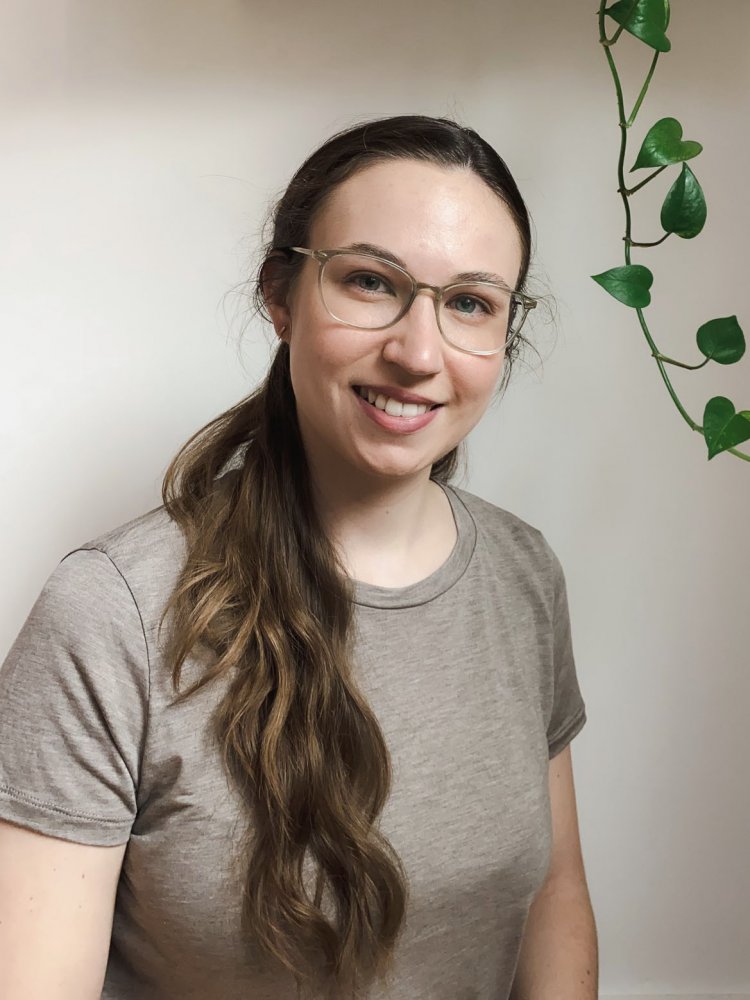
Gisela Reis
The town of Sarpsborg lost the connection to its origin and ever-running engine – the Sarpsfossen waterfall. Is it possible revive this link and the town’s identity?
The design return to the origin is a proposal to bring the citizens of Sarpsborg back to the origin of their city, the roaring waterfall. At the same time, it gives an insight into the Borregaard company and shows how far the city has come and what great technological developments the waterfall underlies. An elevated path leads from the Borgarsyssel Museum across the company grounds to a new pedestrian bridge crossing in front of the waterfall..
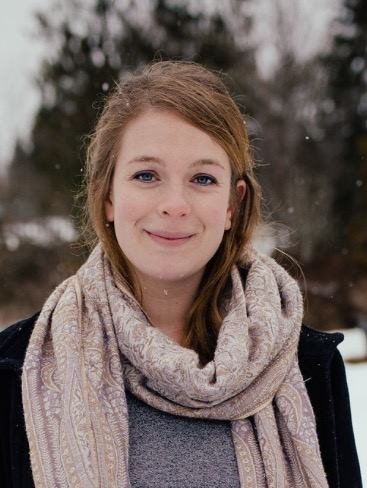
Kristin Pedersen
Sarpsborg will get an upgrade to high-speed rail, but how can the city safeguard it’s local and historic identity with the coming developments and densification?
As part of a national and international rail project, Sarpsborg will be a node on an important high-speed line. This crosses through the city center and brings many benefits along with consequences. Exploring a discarded train line option that crosses an old landfill adjacent the city center gives the center enough space to grow and a necessary buffer zone between the incoming brutal infrastructure and the densifying, unique, and historic core of Sarpsborg.

Molly Andrews
In this project, I explored the historical context of industrial Sarpsborg. to develop a route between the culturally significant sites of Borregaard and Hafslund Hovedgård.
Borregaard and Hafslund industries have existed either side of the Glomma for centuries. Their growth has influenced the development of the city of Sarpsborg and its landscapes, which displayed the prosperity of these industries. Gardens, promenades, monuments, and viewpoints surrounded this area to celebrate the production. This project seeks to restore these features whilst improving access to others with the intention of establishing a walk between the courtyards of Borregaard Hovedgård and Hafslund Hovedgård.
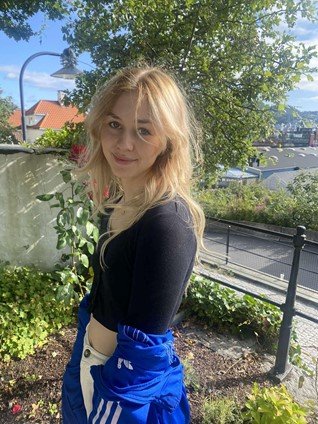
Nora Sandbæk
Is it possible to reconstruct metapopulations through landscape architecture to promote biodiversity and stability?
People are connected to nature though urban landscapes. From gardens, fields, rivers, or the tree next to a bench in the middle of a city, the composition and size of nature matters within their own contexts. Due to climate change, people ought to use their own hands to answer the consequences. Landscape architecture could be a response to different issues by utilizing landscape ecological principles. This assignment uses knowledge that supports a design for biodiversity.
